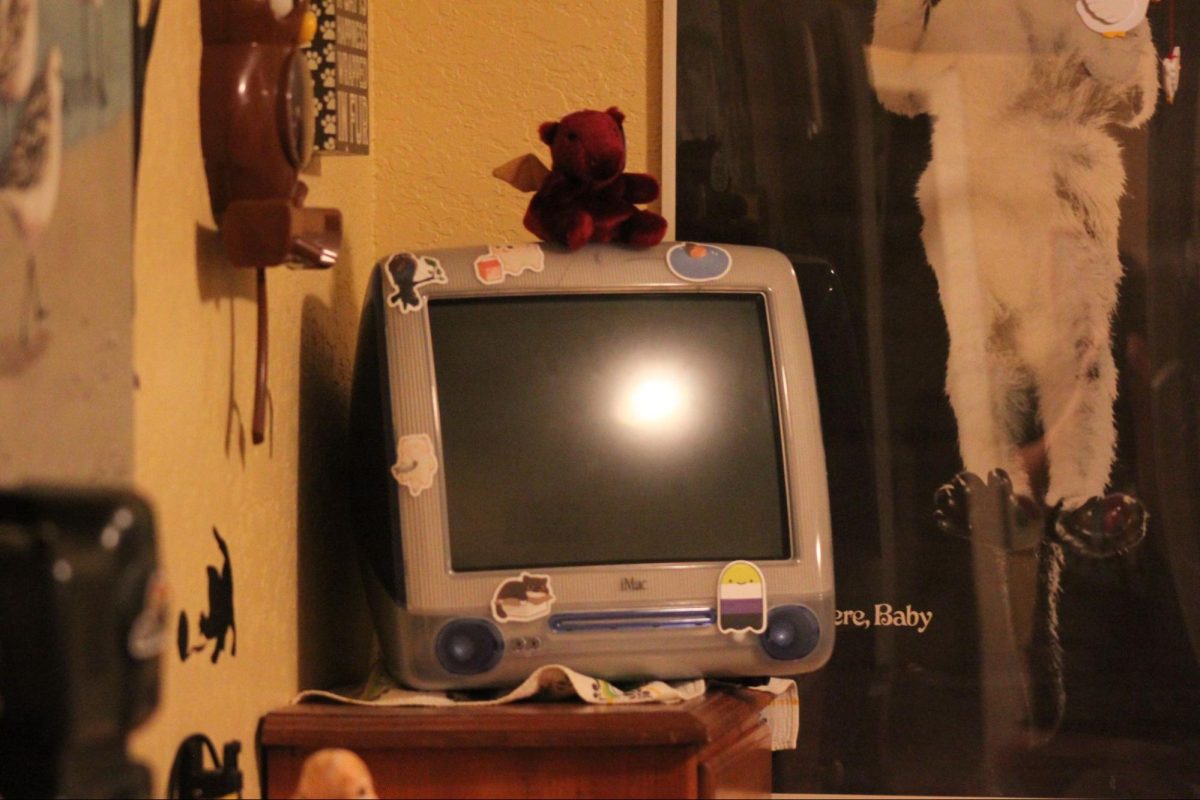New schedules
Our current bell schedule has a lot of cons. Now we might have another schedule in the future?
December 30, 2018
The Northshore School District is currently considering changing our bell schedule once again for the next school year (2019-2020). This time, they are considering a full block schedule as one option. The reason for the discussion of new schedules is to help transition students from needing twenty-one credits to graduate to twenty-four.
According to Ms. Coleen Altermott, a member of the committee responsible for investigating and recommending bell schedules, “If you take six periods per day for four years that gives you exactly twenty-four credits, so there is no room for error. So the committee was formed to figure out a way that would allow you guys to grow, explore all your options, and if you fail the class, it still didn’t take you off that graduation track. So that’s why the options are out there.”
Other schools have done full block schedules in a way that students would be taking four classes a day, each at eighty to ninety minutes, for a total of eight classes per semester. From personal experience, this system will do anything but help students’ academic endeavors.
Although not having every class every day is nice, mostly for homework purposes, the cons far outweigh the pros.
Having already experienced a full block schedule, I can tell you it is not a schedule to be praised. The longer class periods drain a student’s attention span much faster. According to the BBC, teenage students only have around a ten-minute attention span. A fifty minute period is already stretching that span, so a ninety minute period would completely demolish it.
One major thing that block schedules take away from students is structure and consistency. Blocks only allow teachers to see their students two to three times a week. The consistency that would normally be established between the student and teacher by seeing each other every day is lost. Especially if a student misses one day of school, they have to wait an extra day to talk to the teacher one on one about getting caught up.
Block schedules also take away class time, contrary to popular belief. The class period may be longer day to day, but not enough to compete with seeing a teacher every day for fifty to fifty-five minutes. By the end of a two-week span (the complete rotation of block periods), teachers will have seen students for about 450 minutes on a block schedule or about 500 minutes on a regular schedule.
According to the National Education Association’s (NEA) research on block schedules advanced placement (AP) teachers have a harder time covering all the necessary material in the given time and everything must be taught much faster.
There are other ways to combat the “core twenty-four” problem Bothell High School is currently facing. One idea, which is the best in my opinion, is to switch to a trimester system, where students would have six classes per trimester. Students would switch classes three times a year as opposed to twice, giving them more elective options. This could help students fill the additional credits they need.
Overall, block periods would cause more harm on the students than help. It would take away from the learning and structure necessary for school. In the wise words of Ms. Jody Lineman, “People need structure. It helps kids feel safe. It helps them to organize themselves. You build in structure and kids thrive with that. And when you take away that structure and you create chaos […] you are not fulfilling a really basic need of kids and that is structure, consistency, and repetition.” If at all possible, avoiding a full block schedule would be in the best interest of our school.






